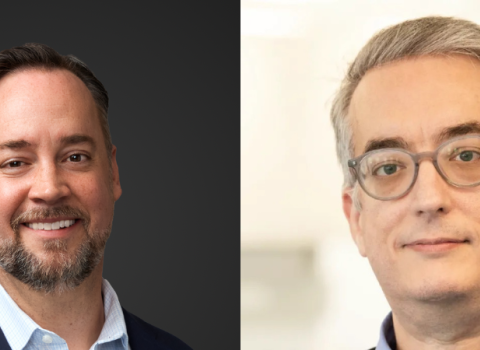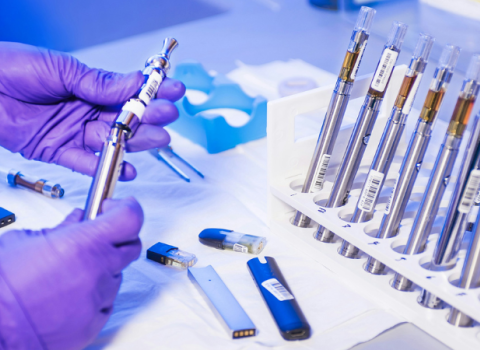Earlier in the month Symphogen A/S, a research-stage company with just two antibody drugs in early clinical development closed what it claims as the largest-ever private financing for a European biotech, raising Euro 100 million.
But while it may spread cheer in Denmark’s life sciences cluster in Medicon Valley, this coup by the Copenhagen-based company can’t be read as a sign that the capital shortage afflicting Europe’s early-stage biotechs is over.
Rather, the reverse can be inferred. Several years after most venture capitalists would have planned on making an exit, Symphogen’s main backers, Novo A/S and Essex Woodland Fund VIII are dipping their hands into their well-lined pockets for a fifth round.
The money, to be handed out in three equal tranches, is intended to fund Symphogen for the next five years. By then, it will be 15 years since Novo and Essex Woodlands made their initial investment. As Martin Edwards, Senior Partner, Novo Ventures, told Science|Business, “The majority of venture capital backers can’t do this kind of thing.” He added, “And it’s not a typical Novo deal.”
As it turns out, Novo’s 35 per cent contribution to the round is coming not from Novo Ventures, but straight from the balance sheet of Novo A/S, the holding company for two profitable and publicly-quoted companies, Novo Nordisk and Novozymes.
As Edwards explained, special local factors were in play in the decision to follow on with another round of investment at a time when Symphogen’s advance into clinical trials is pushing its capital requirements sharply upwards, yet the products are still many years from commercialisation.
“The Novo A/S board think very highly of Symphogen and decided independently [of Novo Ventures] they want to get behind it. They would like to see a huge Scandinavian success.”
Few private investors could contemplate 15 years without the prospect of an exit. Rarer still, 19 per cent of the round comes directly from a new investor, the Danish Pension Fund, Pensionskassernes Administration A/S (PKA). “[PKA] is not a typical biotech investor,” Edwards said. “This looks like typical private equity, but when you look at who has invested the money, it’s not.”
And he adds, “I can’t say this type of funding is going to be the trend.”
The shortage of initial public offerings and other exits means that Novo is not alone in having to hold onto investments and support companies for longer. “That’s one of the reasons it’s so difficult to get new companies off the ground”, Edwards said.
In addition, it remains the case that transactions which previously would have represented an exit, no longer do so.
Also this month, another company with venture backing from Novo, Synosia AG, based in Geneva, was acquired by Biotie, a listed Finnish biotech, in an all-share deal valuing Synosia at US$120.95 million. This is a return of sorts on the US$100 million of hard cash invested in the company since its formation in 2005.
It has not been decided if Novo will sell its new Biotie shares, but Edwards said, “A number of companies in the portfolio have gone public or been bought and we’ve maintained our position.”
The lack of exits and the need to keep feeding existing companies is now generating a downward spiral in which it becomes even more difficult for venture capital firms to raise new funds, because they can’t boast about how well they did last time around. “The people who have raised funds have had to work harder and longer,” Edwards said.
Gloomy stuff. But Edwards saw chinks of light last week at the longest-running annual biotech get together, the JP Morgan conference – held where it all began in San Francisco. This year’s event had record attendance, and Edwards said that after two years of despondency, there was more tendency to see the glass as half full. While the effect is yet to permeate Europe, it’s a good sign. “The US has to lead out of the doldrums because it’s so dominant in the sector,” Edwards concluded.





 A unique international forum for public research organisations and companies to connect their external engagement with strategic interests around their R&D system.
A unique international forum for public research organisations and companies to connect their external engagement with strategic interests around their R&D system.